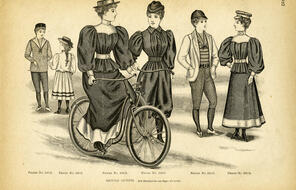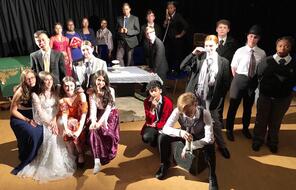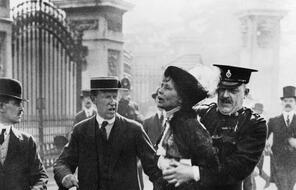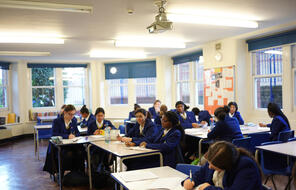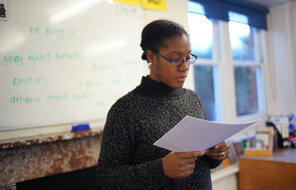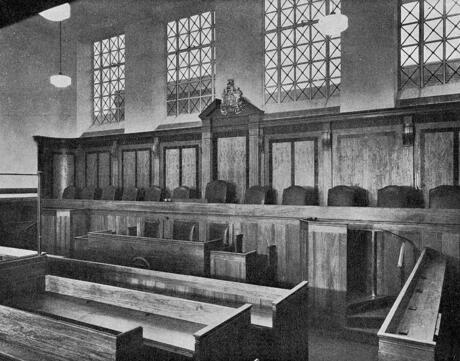
Putting the Characters on Trial
Overview
About this Lesson
In the previous lesson, students were encouraged to consider the social systems that can impact the extent of the power we possess, the way we treat others, and how others treat us. They were then introduced to the complexity of human behaviour and the roles of perpetrator, victim, bystander, and upstander. Students explored how these roles were relevant to the characters in the play, whilst considering their fluid nature – people can move between these roles and embody multiple ones at the same time.
In this lesson, students will participate in a mock court case, in which they will put each of the Birlings and Gerald on trial for their role in the death of Eva Smith. The aim of the trial will be to decide which character in the play is the most responsible for the death of Eva Smith. Putting the characters through a mock trial not only enables students to re-examine the text in depth and develop their argument-building skills, it also introduces them to the notion of justice. Students can reflect upon the power of justice, and how justice is a means of giving victims a voice and an attempt at healing wounds, though scars may well remain. Trials not only challenge wrongs and hold people accountable, they also are a means of giving a voice to the voiceless.
Again, students here will discuss the roles of perpetrator, victim, bystander, and upstander, and think about how they apply to the characters’ decisions and actions over the course of the play. They will also consider the impact of taking responsibility for one’s actions, and how failing to do so often perpetuates the harm caused by an unjust action. It is important for students to understand the importance of taking responsibility as this can guide their behaviour and interactions with others. They are more likely to engage in the challenging, but restorative, process of owning up to and apologising for mistakes if they understand the power of engaging in such a process. Such understanding can make them active, responsible citizens who build healthy relationships based on empathy and responsibility.
In the first part of the lesson, students will discuss justice and how justice might be served in the world of the play. They will then finish reading the play before going on to prepare a case for a court trial that seeks to decide which character in the play is the most responsible for the death of Eva Smith. In groups of three, they will be given a position (i.e. prosecution or defence) and character (Mr Birling, Mrs Birling, Sheila, Gerald, or Eric) to prosecute or defend.
In the second part of the lesson, students will have the chance to either participate in the classroom court trial, or watch the court trial and take notes. Each prosecution and defence group for each character will elect a representative who will outline their case to the class. After hearing all of the cases and engaging in a quick discussion, students will vote on who they feel is the most responsible for the death of Eva Smith.
The activities in this lesson refer to pages 65–72 (the end of the play) of the Heinemann edition of An Inspector Calls.
Preparing to Teach
A Note to Teachers
Before teaching this lesson, please review the following information to help guide your preparation process.
Lesson Plans
Part I Activities
Part II Activities
Extension Activities
Materials and Downloads
Putting the Characters on Trial
Social Systems and Individual Agency
Bearing Witness to Eva Smith
Unlimited Access to Learning. More Added Every Month.
Facing History & Ourselves is designed for educators who want to help students explore identity, think critically, grow emotionally, act ethically, and participate in civic life. It’s hard work, so we’ve developed some go-to professional learning opportunities to help you along the way.
Exploring ELA Text Selection with Julia Torres
On-Demand

Working for Justice, Equity and Civic Agency in Our Schools: A Conversation with Clint Smith
On-Demand

Centering Student Voices to Build Community and Agency
On-Demand










